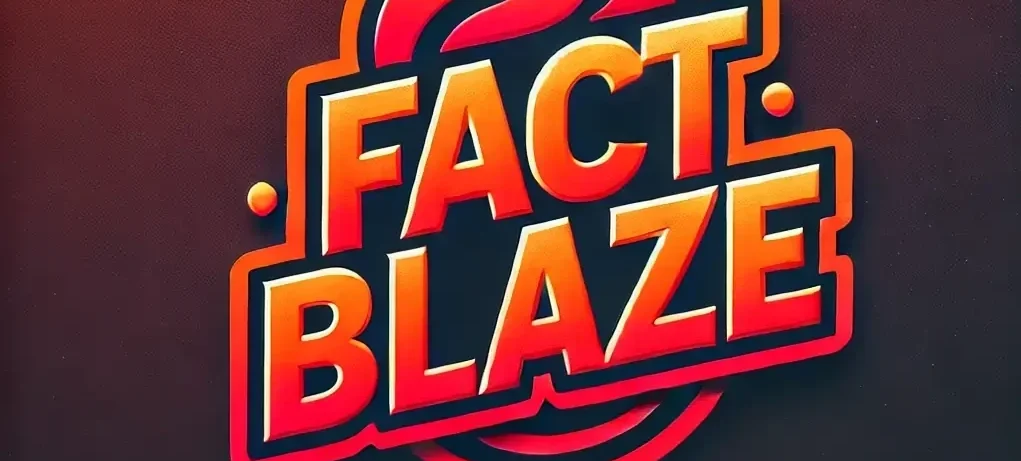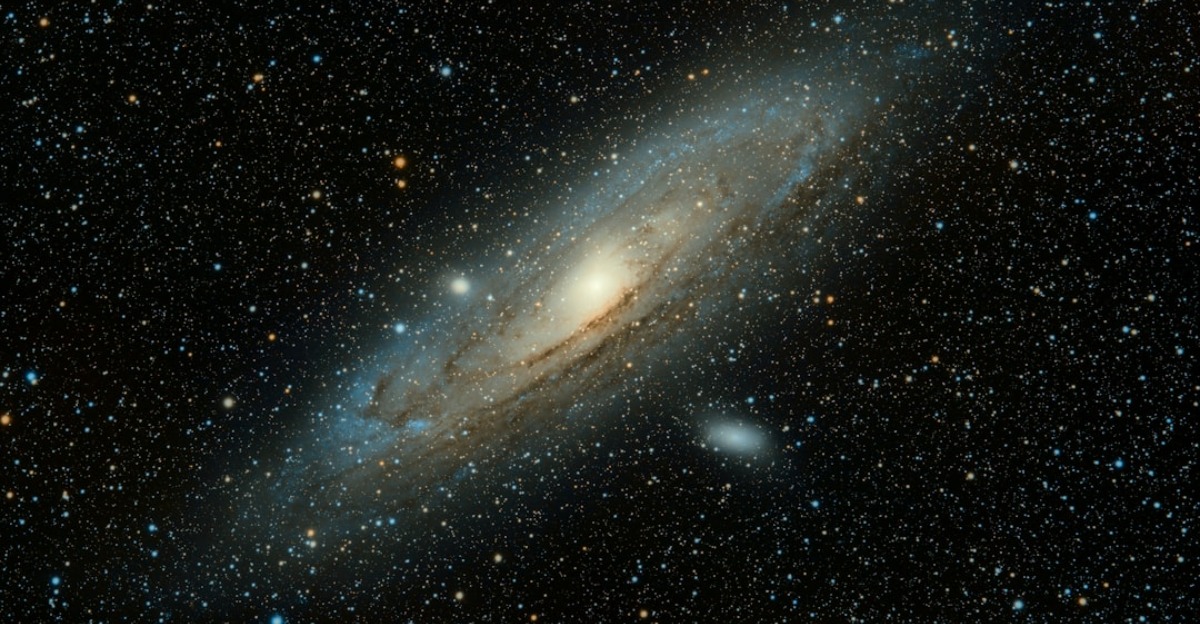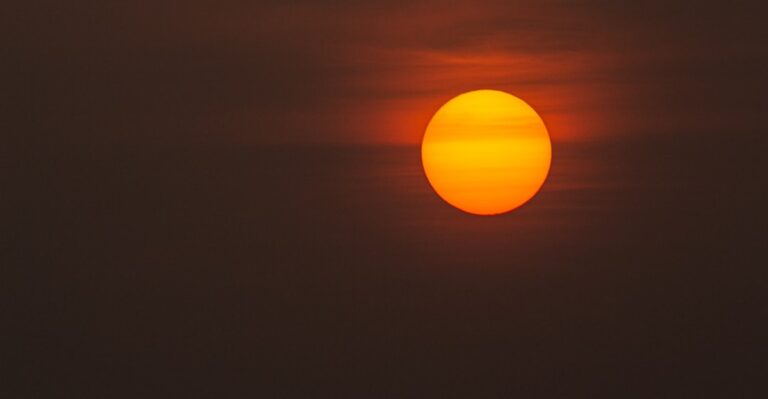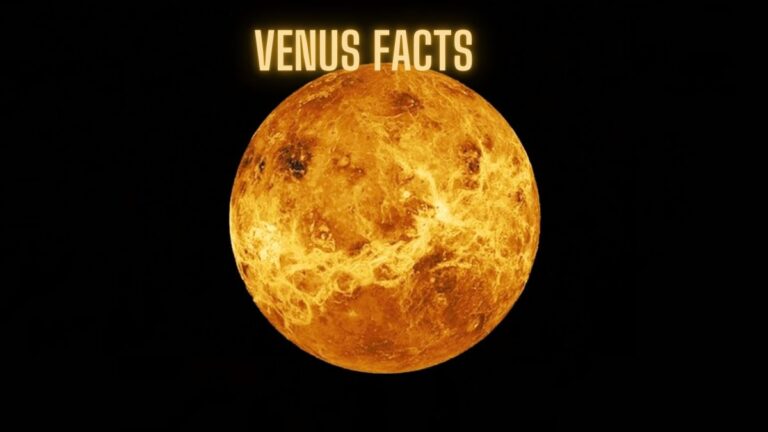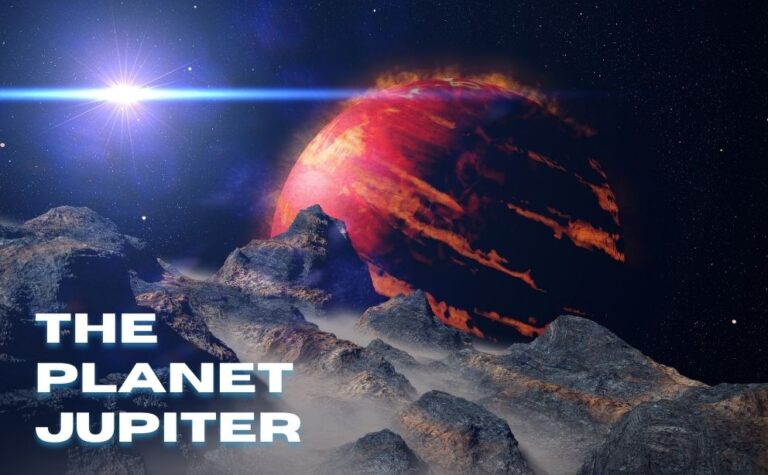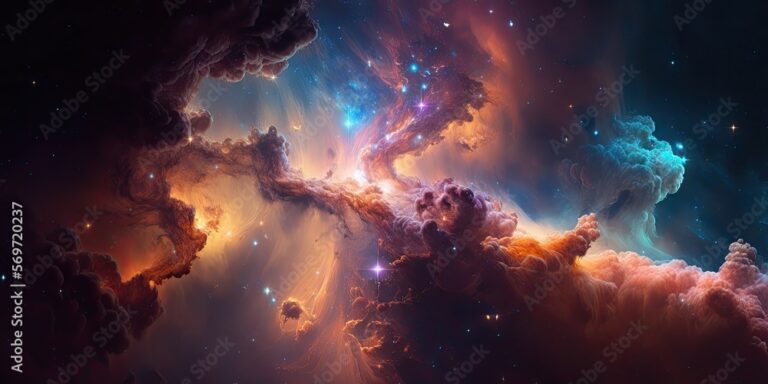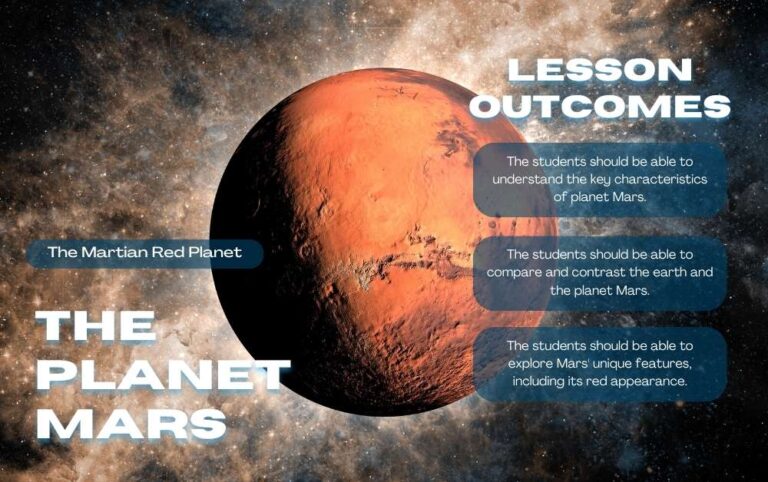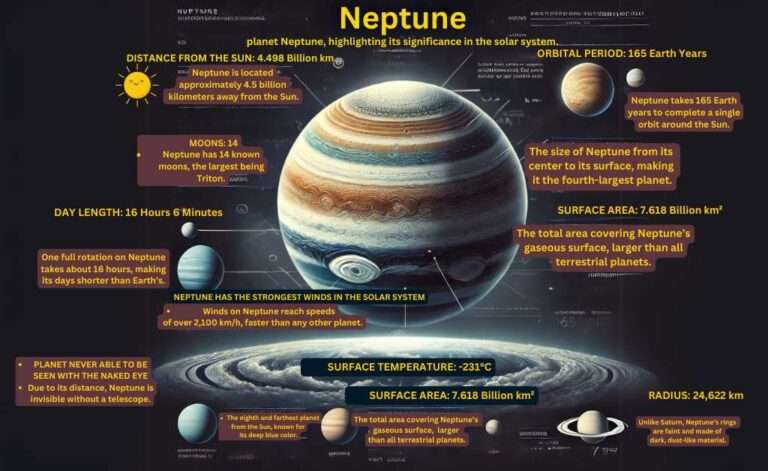Discover 15 Jaw-Dropping Solar System Facts You Never Knew
15 Mind-Blowing Facts About Our Solar System That Will Leave You Speechless
Embark on a cosmic journey through our solar system and discover 15 mind-bending facts that will challenge everything you thought you knew about space. From the hottest planet to the coldest, and from peculiar moons to mysterious phenomena, prepare to have your mind blown by the wonders of our celestial neighborhood.
Introduction
Buckle up, space enthusiasts! We’re about to blast off on a mind-bending journey through our solar system, uncovering 15 of the most jaw-dropping, eyebrow-raising, and downright bizarre facts that’ll make you question everything you thought you knew about our cosmic neighborhood. From scorching hot planets to icy giants, and from peculiar moons to mind-boggling phenomena, our solar system is chock-full of surprises that’ll leave you starry-eyed and craving more. So, grab your virtual spacesuit, and let’s dive into these out-of-this-world facts that’ll have you seeing stars (quite literally)!
1. Venus: The Backwards Spinner
Hold onto your hats, folks, because Venus is about to throw you for a loop – literally! While most planets in our solar system spin counterclockwise on their axes, Venus decided to be the rebel of the family and rotates clockwise. Talk about going against the grain! This peculiar rotation means that on Venus, the Sun rises in the west and sets in the east. Imagine trying to catch a sunset on this topsy-turvy world!
2. Uranus: The Sideways Roller
If you thought Venus was weird, wait till you hear about Uranus! This ice giant takes the cake when it comes to unusual orientations. Uranus is tilted so far on its side that it practically rolls around the Sun like a giant cosmic bowling ball. This extreme tilt causes the most bizarre seasons in the solar system, with each pole experiencing 42 years of continuous sunlight followed by 42 years of darkness. Talk about mood swings!
3. The Sun’s Scorching Corona
Here’s a head-scratcher for you: the Sun’s atmosphere, known as the corona, is much hotter than its surface. While the Sun’s visible surface sizzles at a toasty 10,000 degrees Fahrenheit (5,500 degrees Celsius), the corona reaches temperatures in the millions of degrees. Scientists are still scratching their heads over this temperature conundrum, but they suspect it might have something to do with “heat bombs” or plasma waves. Who knew the Sun could be so puzzling?
4. Jupiter: The Cosmic Vacuum Cleaner
Jupiter isn’t just the biggest planet in our solar system; it’s also a bit of a bully when it comes to comets and asteroids. This gas giant’s immense gravitational pull acts like a cosmic vacuum cleaner, attracting and capturing space debris that might otherwise pose a threat to Earth. So, the next time you’re thankful for a meteor-free day, give a little nod to Jupiter for being our celestial bodyguard!
5. Saturn’s Floating Rings
Saturn’s rings are one of the most iconic sights in our solar system, but did you know they’re mostly made of water ice? That’s right – if you could somehow scoop up a handful of Saturn’s rings, you’d essentially be holding a bunch of space snowballs. Even more mind-boggling is the fact that despite their massive appearance, the rings are incredibly thin – in some places, no thicker than the height of a house!
6. Mercury’s Extreme Mood Swings
Mercury might be the closest planet to the Sun, but it’s got a serious case of hot-and-cold personality disorder. During the day, temperatures on the planet’s surface can soar to a blistering 800°F (430°C), hot enough to melt lead. But once night falls, the temperature plummets to a bone-chilling -290°F (-180°C). Talk about going from the frying pan into the freezer!
7. Neptune’s Supersonic Winds
Think Earth’s hurricanes are intense? They’ve got nothing on Neptune’s wild weather. This distant ice giant experiences the fastest winds in the solar system, with speeds reaching up to 1,200 miles per hour (1,931 km/h). That’s faster than the speed of sound on Earth! These supersonic winds whip up massive dark storms that can last for years. Neptune’s definitely not the place for a peaceful picnic.
8. Titan’s Methane Lakes
Saturn’s largest moon, Titan, is the only place in our solar system besides Earth known to have liquid on its surface. But don’t pack your swimsuit just yet – these aren’t water lakes. Titan’s lakes and seas are filled with liquid methane and ethane. Imagine a world where it rains, snows, and evaporates methane instead of water. It’s like Earth’s bizarre, hydrocarbon-loving cousin!
9. The Great Red Spot’s Centuries-Long Tantrum
Jupiter’s Great Red Spot is like that one zit that just won’t go away – except it’s been raging for centuries. This massive storm has been swirling on Jupiter for at least 400 years, and it’s so big that you could fit three Earths inside it. Talk about a long-lasting temper tantrum! While recent observations suggest it might be shrinking, this crimson cyclone isn’t going anywhere anytime soon.
10. Mars’ Monster Mountain
Forget Mount Everest – Mars is home to the tallest mountain in the entire solar system. Olympus Mons, a shield volcano on the Red Planet, stands at a staggering 21.9 km (13.6 miles) high. That’s nearly three times the height of Mount Everest! If you were standing at its base, the summit would be hidden by the curvature of Mars. Now that’s what we call a challenging hike!
11. Enceladus: The Cosmic Geyser
Saturn’s moon Enceladus is full of surprises, but its most impressive feature is its cryovolcanoes. These icy volcanoes don’t spew lava; instead, they shoot plumes of water vapor and ice particles hundreds of kilometers into space. These eruptions are so powerful that they contribute to one of Saturn’s rings. Talk about making a splash in the solar system!
12. The Kuiper Belt: A Cosmic Deep Freeze
Beyond Neptune lies a vast region of icy bodies known as the Kuiper Belt. This distant realm is home to countless frozen objects, including dwarf planets like Pluto. But here’s the kicker – the Kuiper Belt is so massive that it’s estimated to be 20 times as wide and 20 to 200 times as massive as the asteroid belt between Mars and Jupiter. It’s like a cosmic freezer storing leftovers from the solar system’s formation!
13. The Sun’s Million-Mile Workout
Think you’re active? The Sun puts us all to shame with its incredible energy output. Every second, our star fuses about 600 million tons of hydrogen into helium, releasing energy equivalent to 100 billion nuclear bombs. This process causes the Sun’s surface to bubble and churn, with some solar prominences extending over a million miles into space. Now that’s what we call a stellar workout routine!
14. Io’s Volcanic Wonderland
Jupiter’s moon Io is the most volcanically active body in our solar system, making Earth’s volcanoes look like mere sparklers in comparison. This cosmic hotspot is home to over 400 active volcanoes, some of which spew plumes of sulfur and sulfur dioxide up to 500 km (310 miles) high. Io’s surface is constantly being reshaped by this intense volcanic activity, making it look like a cosmic pizza with ever-changing toppings.
15. The Oort Cloud: The Solar System’s Final Frontier
Imagine a giant, spherical shell of icy bodies surrounding our entire solar system. That’s the Oort Cloud, a vast region believed to be the source of long-period comets. This distant realm extends from about 2,000 to 100,000 astronomical units (AU) from the Sun. To put that in perspective, if the Earth were the size of a grain of sand, the Oort Cloud would still be over half a kilometer in diameter. Talk about a mind-bending scale!
Conclusion: Our Cosmic Wonderland
As we wrap up our whirlwind tour of the solar system’s most mind-blowing facts, it’s clear that our cosmic neighborhood is far more bizarre, beautiful, and bewildering than we could ever imagine. From Venus’ rebellious rotation to the Oort Cloud’s mind-bending vastness, each fact serves as a reminder of the incredible diversity and complexity of our celestial home.
These 15 facts barely scratch the surface of the wonders that await us in space. As we continue to explore and study our solar system, who knows what other mind-boggling discoveries lie in store? One thing’s for certain – the universe will never cease to amaze us with its infinite mysteries and awe-inspiring phenomena.
So, the next time you gaze up at the night sky, remember that you’re looking at a cosmic playground filled with backwards-spinning planets, icy volcanoes, methane lakes, and so much more. Our solar system truly is the greatest show in the universe – and we’ve got front-row seats to this spectacular cosmic performance!
FAQs
- Q: Which planet in our solar system is the hottest?
A: Surprisingly, it’s not Mercury! Venus is actually the hottest planet in our solar system, with an average surface temperature of 462°C (864°F) due to its thick, heat-trapping atmosphere. - Q: Are there any other dwarf planets besides Pluto?
A: Yes! There are currently five recognized dwarf planets in our solar system: Pluto, Ceres, Eris, Haumea, and Makemake. However, scientists believe there could be hundreds more awaiting discovery in the outer solar system. - Q: How many moons are there in our solar system?
A: As of 2023, there are 214 known moons orbiting planets in our solar system. Jupiter has the most with 79 confirmed moons, while Mercury and Venus have none. - Q: What is the largest moon in our solar system?
A: Ganymede, one of Jupiter’s moons, is the largest moon in our solar system. It’s even larger than the planet Mercury! - Q: How old is our solar system?
A: Scientists estimate that our solar system is about 4.6 billion years old, based on radiometric dating of meteorites and lunar samples. - Q: Are there any planets in our solar system that humans could potentially live on?
A: While no planet in our solar system is currently habitable for humans without significant technological intervention, Mars is often considered the most promising candidate for future human colonization. - Q: What is the Great Red Spot on Jupiter?
A: The Great Red Spot is a massive storm on Jupiter that has been raging for at least 400 years. It’s so large that it could fit three Earths inside it! - Q: How many planets are there in our solar system?
A: There are eight recognized planets in our solar system: Mercury, Venus, Earth, Mars, Jupiter, Saturn, Uranus, and Neptune. Pluto was reclassified as a dwarf planet in 2006.
Sources:
[1] https://ppl-ai-file-upload.s3.amazonaws.com/web/direct-files/47049297/2192cb57-fddc-49a1-8a80-509e0933835b/365-facts-on-space.pdf
[2] https://science.nasa.gov/solar-system/solar-system-facts/
[3] https://leverageedu.com/discover/general-knowledge/interesting-facts-about-solar-system/
[4] https://www.astronomy.com/astronomy-for-beginners/20-unusual-space-facts/
[5] https://www.youtube.com/watch?v=0YKzBG4ndCc
[6] https://www.space.com/35695-weirdest-solar-system-facts.html
[7] https://listverse.com/2021/06/30/top-10-frightening-facts-about-our-solar-system/
[8] https://www.skyatnightmagazine.com/space-science/facts-about-astronomy-space
[9] https://www.universetoday.com/33415/interesting-facts-about-the-planets/
[10] https://www.skyatnightmagazine.com/space-science/strangest-things-solar-system
[11] https://www.bbc.co.uk/bitesize/articles/zkdbqp3
[12] campliveoakfl.com/20-facts-about-our-solar-system
[13] https://earthsky.org/space/ten-more-things-you-may-not-know-about-the-solar-system/
[14] https://www.eduauraa.com/blog/unknown-facts-about-the-solar-system
[15] https://bigthink.com/starts-with-a-bang/7-bizarre-facts-solar-system/
